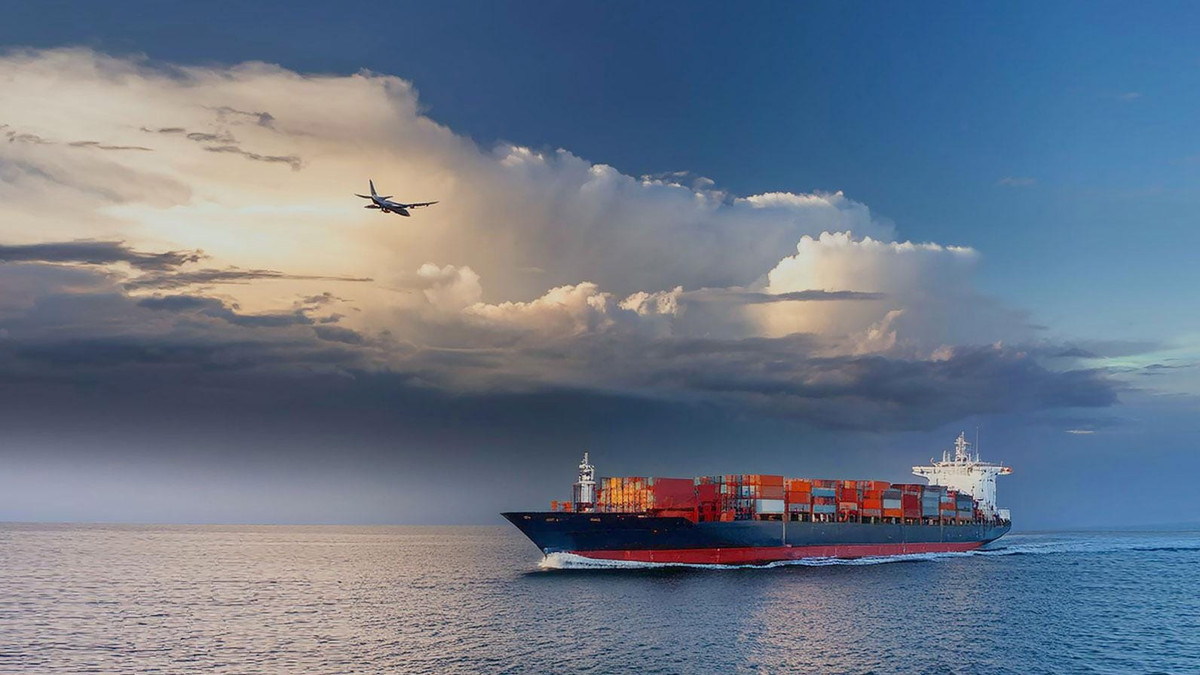DHL and New York University Stern School of Business released the DHL Trade Atlas 2025 today, providing extensive analysis of the most important trends in world trade. Amid geopolitical tension and concerns about widespread tariff increases, the report contains data-backed insights, covering almost 200 countries and areas.
Uncertainty is about future trade policies after the re -election of US President Donald Trump last year. However, the DHL trading atlas 2025 highlights how global trading growth was surprisingly resilient in the light of recent disruptions. This pattern is likely to continue, even if the US starts a campaign of tariff increases.
Faster trading growth compared to the previous decade
Recent forecasts predict that trade in goods will grow at a compound annual rate of 3.1% from 2024 to 2029. This includes about GDP growth and represents a modest faster trading growth compared to the previous decade. Even if the new US administration implements all its proposed tariff increases and retaliates other countries, the global trade will continue to grow over the next five years – but at a much slower pace.
The DHL trade atlas 2025 reveals many encouraging insights. There is still a significant potential for trading growth in advanced and emerging economies worldwide. It is impressive to see how international trade can still withstand every conceivable challenge, from the financial crisis in 2008 and the Covid-19 pandemic to rates and geopolitical conflicts. In today’s global pocket landscape, DHL customers can help to re -evaluate their supply chains by establishing a balanced approach between cost and risk, to ensure that they are effective and safe.
Between 2024 and 2029, four countries are expected to be among the top 30 for both velocity (growth rate) and scale (absolute amount of) trading growth: India, Vietnam, Indonesia and the Philippines. India also stands out as the country with the third largest absolute amount of predicted trading growth (6 percent of additional global trade), behind China (12%) and the United States (10%). The countries that are expected to produce the most absolute trading growth are spread across Asia, Europe and North America. At the same time, the countries with the fastest projected trading growth also contain several in Africa and Latin America.
At the level of major world regions, the fastest growth in trade volume is forecast from 2024 to 2029 for South and Central Asia, sub-Saharan Africa and the Asean countries with a compound annual growth rates between 5% and 6%. It is predicted that all other regions will grow at a rate of 2 percent to 4 percent.
New record in long distance trading
Despite the widespread interest in the proximity and the manufacture of goods closer to clients, the DHL Trade Atlas 2025 shows that the trade no longer directed in general. Actual trading flow indicates the opposite trend. In the first nine months of 2024, the average distance moving for all traded goods reached a record of 5,000 kilometers, while the share in the large regions dropped to a new low of 51 percent.
Reasons for optimism in light of US policy shifts
The DHL Trade Atlas 2025 explains several reasons for optimism about the future of global trade despite a turn to more restrictive US trade policies. Most countries continue to practice trading as an important economic opportunity, and US trade barriers can strengthen ties among other countries. Many of Trump’s tariff threats can also end up differently than originally suggested or delayed to prevent an increase in domestic inflation. In addition, the US share in world imports is currently 13 percent, and export exports are 9 percent – enough to affect US policy on other countries, but not enough to unilaterally determine the future of world trade.
Made-in-China content finds new routes to the US
The DHL Trade Atlas 2025 offers an update on geopolitically driven shifts in trading patterns. While the trade between close allies of the US and China dropped in 2022 and 2023 relative to trade within these blocks, the declines were minor and did not continue in 2024.
The US and China have reduced their shares of trading with each other, but not enough to form a meaningful ‘disconnect’. Direct US China trade has dropped from 3.5 percent of world trade in 2016 to 2.6% in the first nine months of 2024. However, the US still brings in a large part of its import from China as the rest of the world does. There is also evidence to suggest that US imports from China are under -report. In addition, data that also takes into account Chinese input in goods. US imports from other countries indicate no significant decline in the US dependence on goods made in China.
The DHL trading atlas 2025
The DHL Trade Atlas 2025 contains a wealth of data-driven insights and analysis on global trade and its prospects. It is an updated resource for business leaders, policymakers, educators, students, media and the interested public. It contains concise profiles of one pages that summarize the trading patterns of nearly 200 countries and areas that make up more than 99% of world trade, GDP and population.


